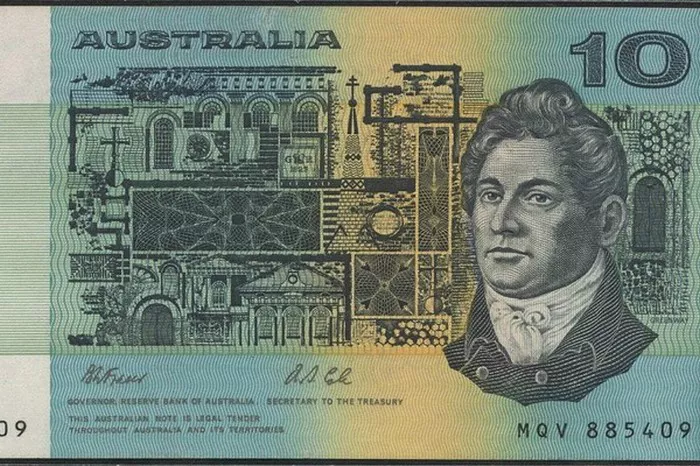The Australian dollar (AUD) is a key player in the global financial landscape, influencing international trade, investment, and economic stability. When the value of the Australian dollar decreases, it can have far-reaching consequences for both domestic and international stakeholders. In this article, we will delve into the various facets of what happens when the Australian dollar depreciates and examine the potential impacts on the economy, businesses, consumers, and the overall financial landscape.
Economic Implications:
A depreciating Australian dollar can have significant economic implications, both positive and negative. One of the immediate effects is an increase in the cost of imports. As the Australian dollar weakens, importing goods and services becomes more expensive. This can lead to higher prices for a range of consumer goods, impacting the cost of living for individuals and households.
Conversely, a depreciating currency can boost exports. Australian products become more competitively priced in international markets, potentially leading to increased demand from foreign buyers. This can positively impact industries such as agriculture, mining, and manufacturing, contributing to economic growth.
Trade Balance:
The trade balance is a critical indicator of a country’s economic health, and a depreciating currency often has a direct impact on it. While a weaker Australian dollar can boost export competitiveness, it simultaneously increases the cost of imported goods. This dynamic can lead to a rebalancing of the trade equation, potentially reducing trade deficits as exports become more attractive to foreign buyers.
However, the extent to which a depreciating currency affects the trade balance depends on various factors, including the elasticity of demand for goods and services, the competitiveness of domestic industries, and global economic conditions. In some cases, the impact may be more nuanced, with certain industries benefiting while others face challenges.
Inflationary Pressures:
As the cost of imported goods rises due to a depreciating currency, inflationary pressures can emerge. This can be a concern for policymakers, as high inflation erodes the purchasing power of consumers and can lead to a variety of economic challenges. Central banks may respond by adjusting interest rates to control inflation, a move that can have broader implications for the economy, including impacts on borrowing costs and investment.
Interest Rates and Monetary Policy:
The Reserve Bank of Australia (RBA) plays a crucial role in managing the country’s monetary policy. In response to a depreciating currency and potential inflationary pressures, the RBA may choose to adjust interest rates. Increasing interest rates can help stabilize the currency, making it more attractive to investors seeking higher returns. However, such a move may also have implications for domestic businesses and consumers, as borrowing costs rise.
Investment Climate:
A depreciating Australian dollar can influence the investment climate in several ways. Foreign investors may find Australian assets more appealing, as the weaker currency can enhance the returns on their investments when converted back to their home currency. This influx of foreign capital can stimulate economic activity and contribute to asset price appreciation.
On the other hand, domestic businesses that rely on imported capital goods or technology may face increased costs, potentially impacting their investment decisions. Additionally, the uncertainty associated with currency depreciation may lead to greater volatility in financial markets, influencing investor sentiment and behavior.
Impact on Tourism and Hospitality:
Australia is a popular destination for international tourists, and a depreciating currency can have both positive and negative effects on the tourism industry. On the positive side, a weaker Australian dollar can make the country more affordable for foreign visitors, potentially boosting tourist numbers and related industries such as hospitality and retail.
However, the increased cost of imported goods and services, coupled with potential inflationary pressures, may also result in higher prices for tourists. This could offset the attractiveness of Australia as a destination, leading to a more nuanced impact on the tourism sector.
See Also Where is the Australian Dollar Worth the Most?
Conclusion:
The consequences of a depreciating Australian dollar are multifaceted, influencing various aspects of the economy and the lives of individuals. While export-oriented industries may benefit from increased competitiveness, import-dependent sectors and consumers may face challenges due to rising costs. Policymakers must carefully navigate the complexities associated with currency depreciation, employing a mix of monetary and fiscal measures to achieve a balanced and sustainable economic outcome. As the global economic landscape continues to evolve, understanding and managing the implications of currency movements remain crucial for Australia’s economic resilience and growth.


